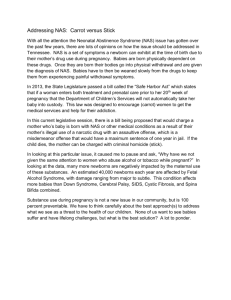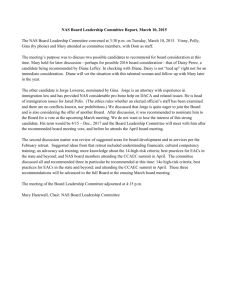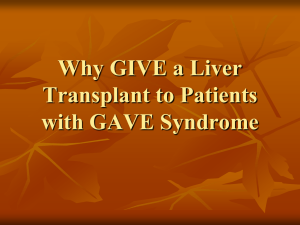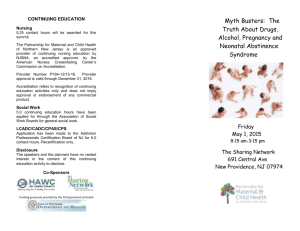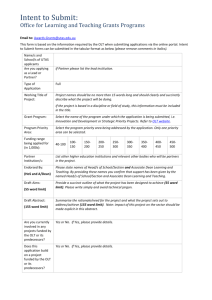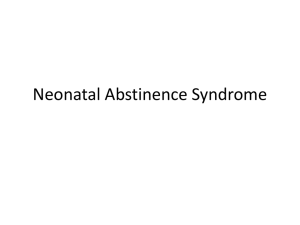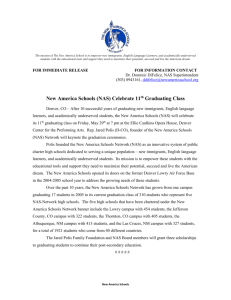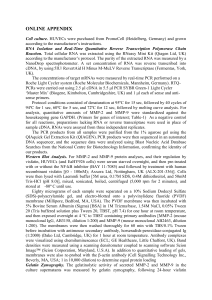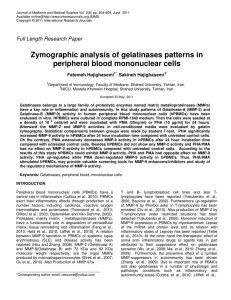Matrixmetalloproteinase 2 genotype is associatedwith
advertisement
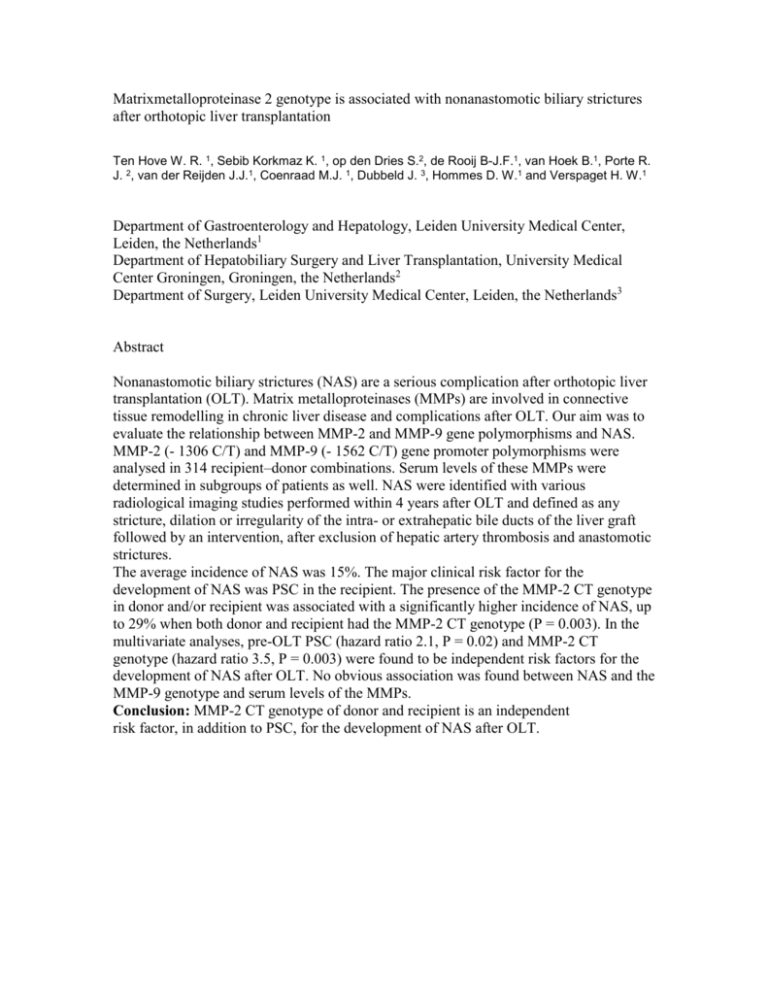
Matrixmetalloproteinase 2 genotype is associated with nonanastomotic biliary strictures after orthotopic liver transplantation Ten Hove W. R. 1, Sebib Korkmaz K. 1, op den Dries S.2, de Rooij B-J.F.1, van Hoek B.1, Porte R. J. 2, van der Reijden J.J.1, Coenraad M.J. 1, Dubbeld J. 3, Hommes D. W.1 and Verspaget H. W.1 Department of Gastroenterology and Hepatology, Leiden University Medical Center, Leiden, the Netherlands1 Department of Hepatobiliary Surgery and Liver Transplantation, University Medical Center Groningen, Groningen, the Netherlands2 Department of Surgery, Leiden University Medical Center, Leiden, the Netherlands3 Abstract Nonanastomotic biliary strictures (NAS) are a serious complication after orthotopic liver transplantation (OLT). Matrix metalloproteinases (MMPs) are involved in connective tissue remodelling in chronic liver disease and complications after OLT. Our aim was to evaluate the relationship between MMP-2 and MMP-9 gene polymorphisms and NAS. MMP-2 (- 1306 C/T) and MMP-9 (- 1562 C/T) gene promoter polymorphisms were analysed in 314 recipient–donor combinations. Serum levels of these MMPs were determined in subgroups of patients as well. NAS were identified with various radiological imaging studies performed within 4 years after OLT and defined as any stricture, dilation or irregularity of the intra- or extrahepatic bile ducts of the liver graft followed by an intervention, after exclusion of hepatic artery thrombosis and anastomotic strictures. The average incidence of NAS was 15%. The major clinical risk factor for the development of NAS was PSC in the recipient. The presence of the MMP-2 CT genotype in donor and/or recipient was associated with a significantly higher incidence of NAS, up to 29% when both donor and recipient had the MMP-2 CT genotype (P = 0.003). In the multivariate analyses, pre-OLT PSC (hazard ratio 2.1, P = 0.02) and MMP-2 CT genotype (hazard ratio 3.5, P = 0.003) were found to be independent risk factors for the development of NAS after OLT. No obvious association was found between NAS and the MMP-9 genotype and serum levels of the MMPs. Conclusion: MMP-2 CT genotype of donor and recipient is an independent risk factor, in addition to PSC, for the development of NAS after OLT.
